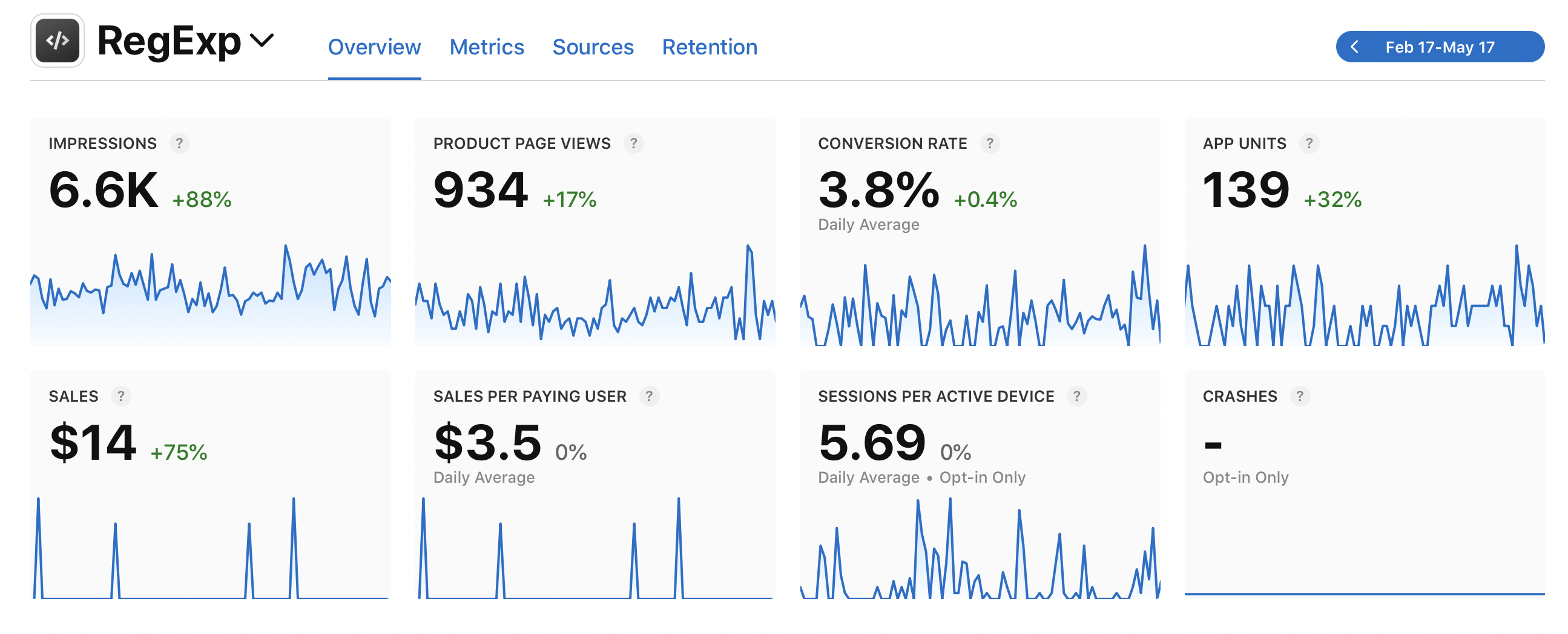

- #MAC APPS FOR DEVELOPERS WINDOWS 10#
- #MAC APPS FOR DEVELOPERS PRO#
- #MAC APPS FOR DEVELOPERS SOFTWARE#
- #MAC APPS FOR DEVELOPERS MAC#
And I have to assume that the many developer tools Apple has been pushing lately (like Swift) will smooth the transition for app makers.Įven so, there’s a lot of work ahead for Apple and also for app developers, who will have to contend with this new processor architecture at some point. There will surely need to be some sort of emulation layer for Intel-based apps. Even with a massive turnaround, they would be need to be just one of many strategies for getting fast apps on the new ARM-based macOS.
#MAC APPS FOR DEVELOPERS MAC#
It’s entirely possible that Mac on ARM could face similar problems.Īnd while I am sure Apple was hoping Catalyst apps would be a piece of the puzzle, to date they’ve been quite disappointing. Windows on ARM has performance issues with emulated apps and straight-up availability issues with apps that don’t work with its emulation. When it comes to the actual technical solutions, I am sure that there are no easy answers, either. That’s just the communication and release strategy.

Certainly many developers would benefit from one-on-one time with Apple’s engineers once the transition is official. This year’s WWDC would have been a great time to do it, but who knows if the online-only version of it will change that plan (if it was, you know, the plan).
#MAC APPS FOR DEVELOPERS PRO#
Apple was willing to pre-announce and share some basic information on its Mac Pro plans well ahead of that release, so there’s recent precedent for pre-announcing. In fact, I think it would be utter madness to not give developers a heads-up as early as possible.
#MAC APPS FOR DEVELOPERS SOFTWARE#
What software will work, won’t work, and will work slowly via emulation? What will developers need to do in order to port their apps over? Will porting an app to ARM even be worth the effort and cost?Īpple does not like pre-announcing anything, but I’m not sure how you effectuate a whole damn processor transition without giving developers a heads up. The hard part is clearly communicating to users and developers what the change will mean to them - and providing them with tools to deal with it. And even then, the truth is that just porting macOS and Apple’s own apps over to ARM isn’t the hard part. Making these new ARM chips that Gurman has detailed must be a huge, multi-year effort, but it will all be for naught if the software doesn’t run well - or at all - on them.

He’s not trying to hide the rabbit, he just explains that Apple hadn’t been able to make the computers it wanted to make on the old PowerPC chips.īy subscribing, you are agreeing to receive a daily newsletter from The Verge that highlights top stories of the day, as well as occasional messages from sponsors and / or partners of The Verge. He makes a strong case for the transition’s necessity, lays out the benefits for users, details how it’s going to happen, and makes some jokes in the process. If you haven’t ever watched Steve Jobs’ 2005 announcement of the Intel switch for Macs, I highly recommend it. Still, as I remember it everybody knew what to expect, knew it would take a minute, and was so eager for the switch that they were willing to deal with the hassles it caused. Though I’ll admit it’s easy to say that now that the complications of that switch are so far behind us. The forthright and direct way Apple handled the last Mac processor architecture switch - from PowerPC to Intel - went really well. Then we got the excellent Surface Pro X, which still has very aggravating software compatibility gotchas.
#MAC APPS FOR DEVELOPERS WINDOWS 10#
We watched a generation of pretty bad Windows 10 ARM laptops come out. There’s plenty of time to work out the details, but getting both the rollout and the technical side of this transition right won’t be easy.

Mark Gurman at Bloomberg has the confirmation we’ve all be waiting for: Apple will reportedly use a 12-core 5nm ARM processor in a 2021 Mac.


 0 kommentar(er)
0 kommentar(er)
